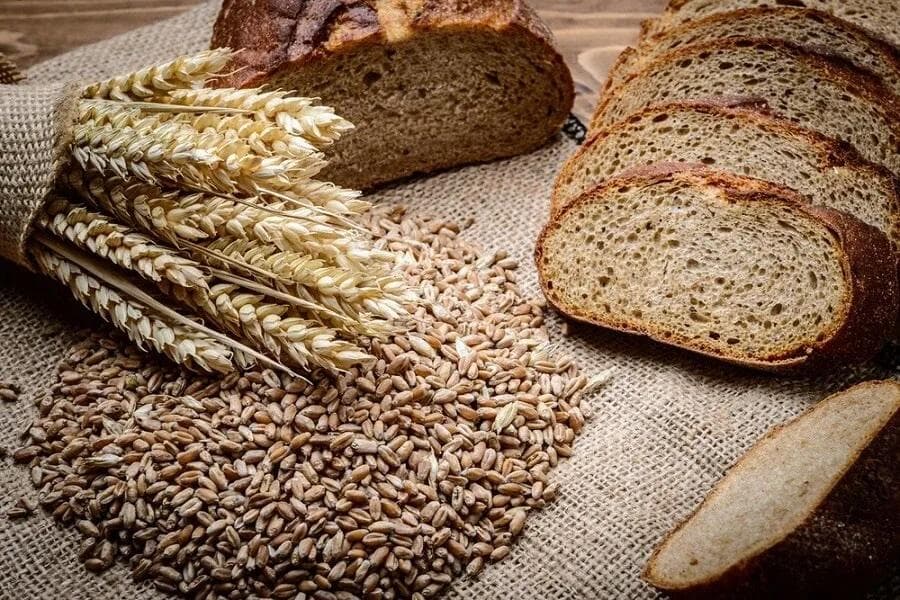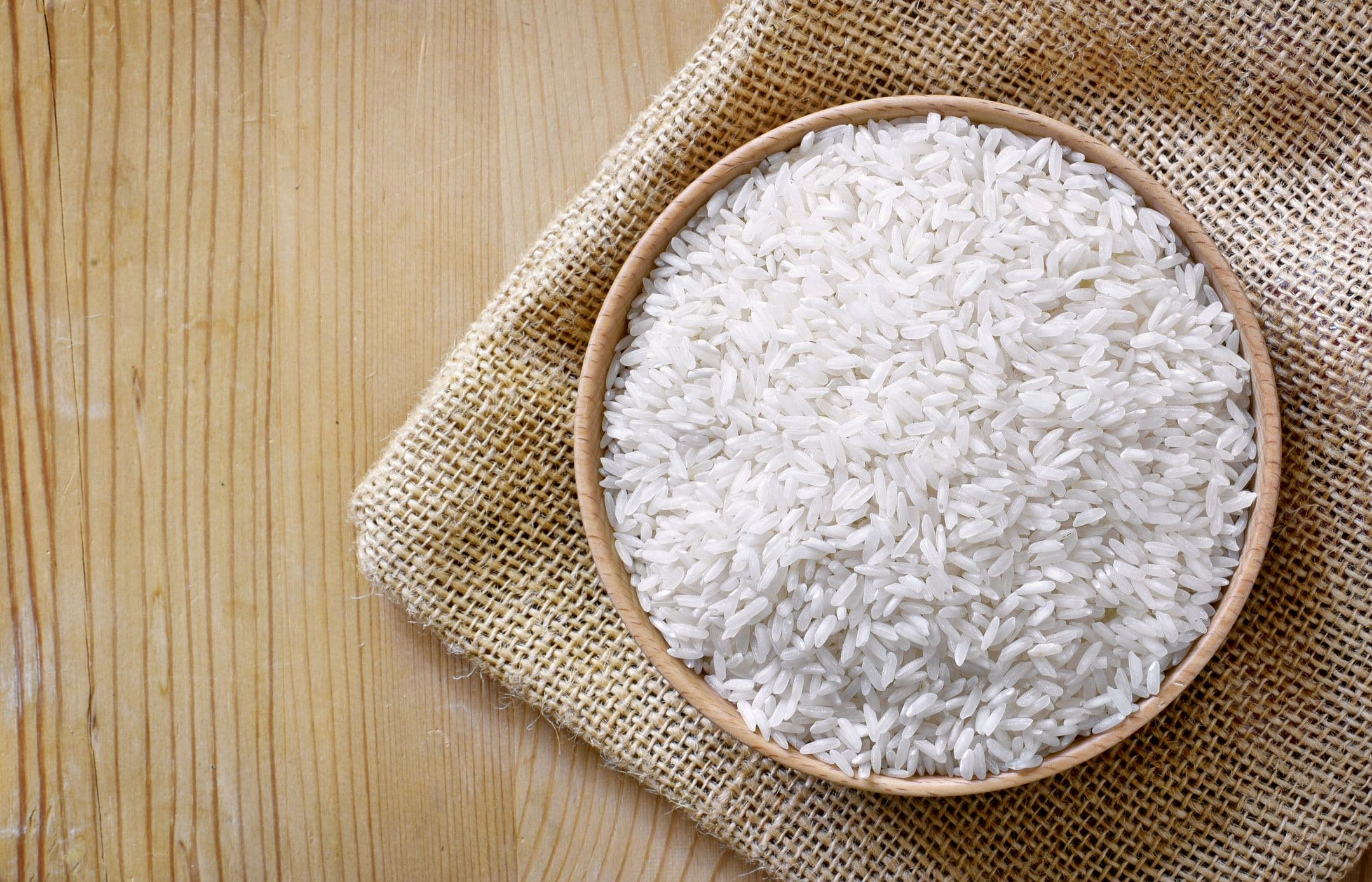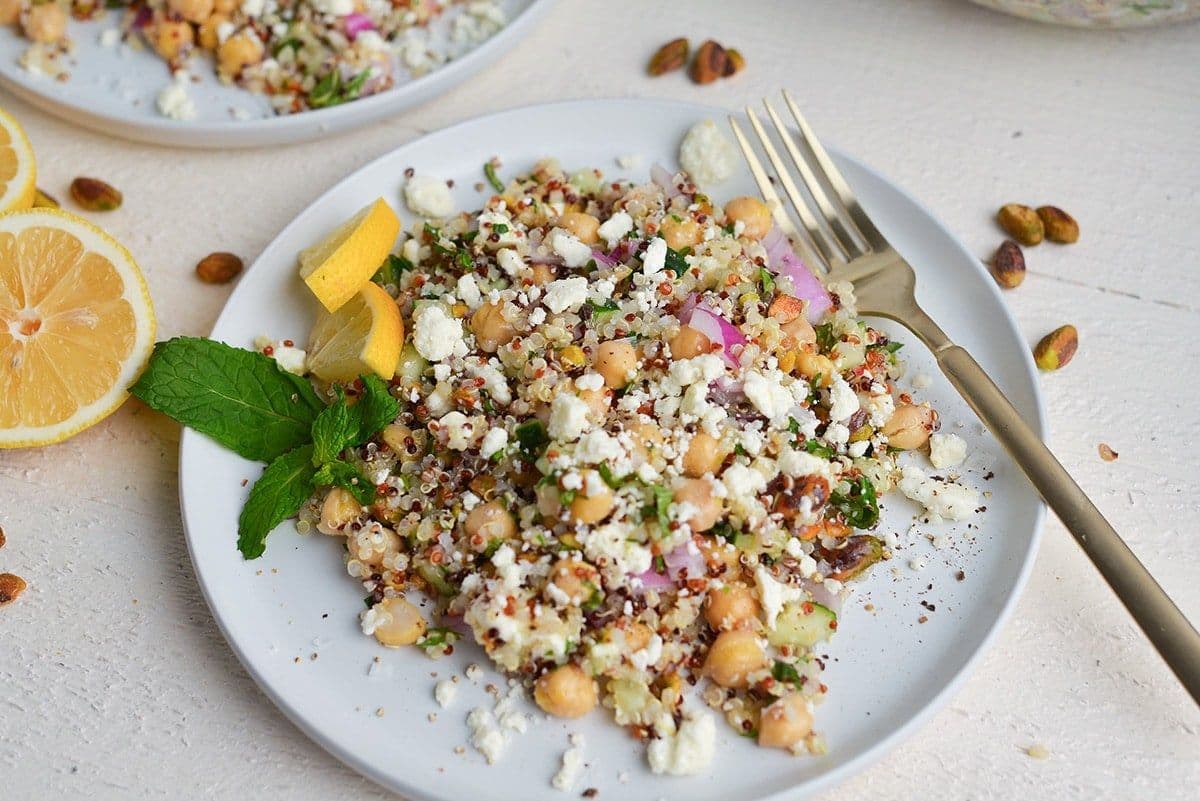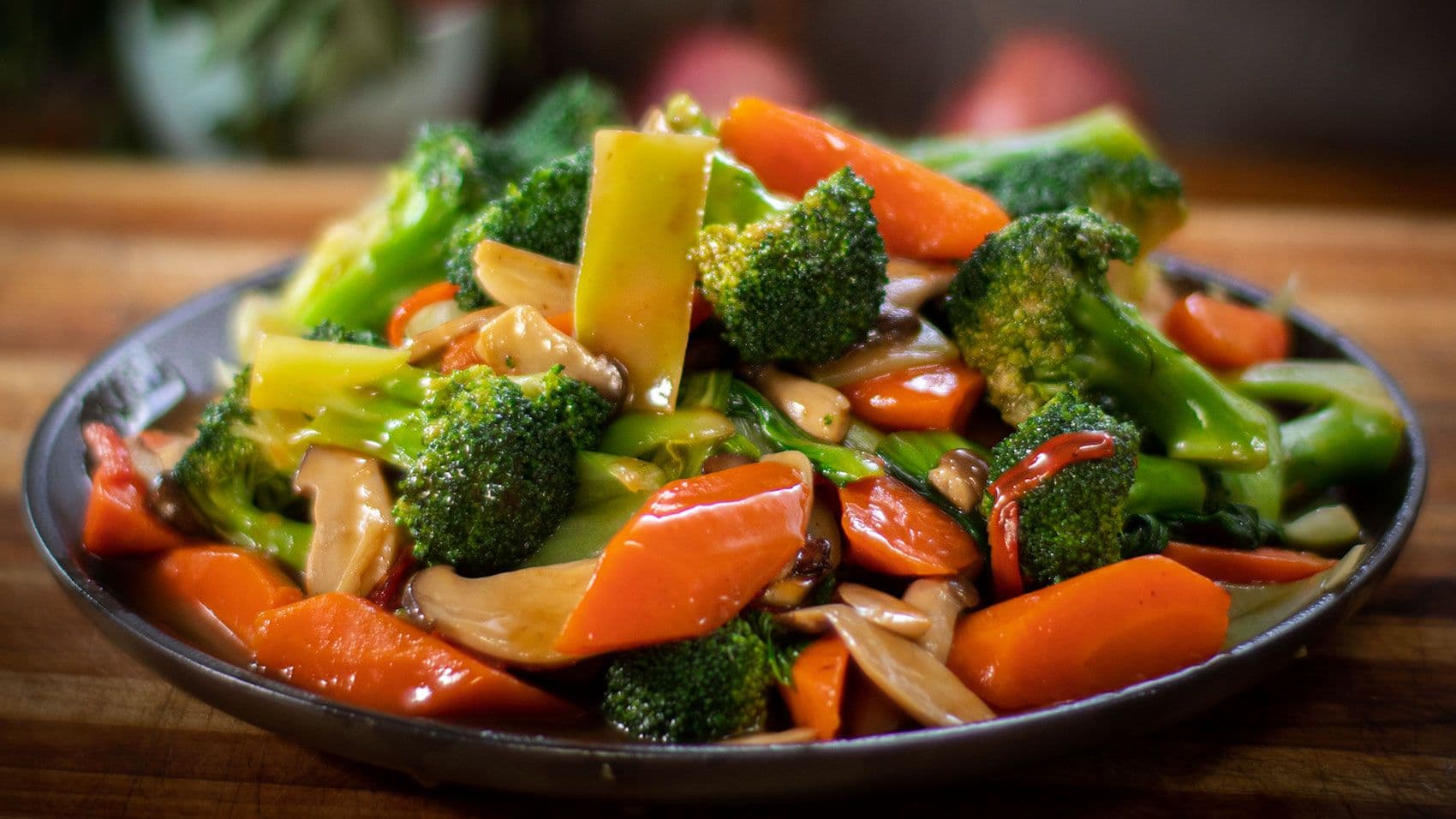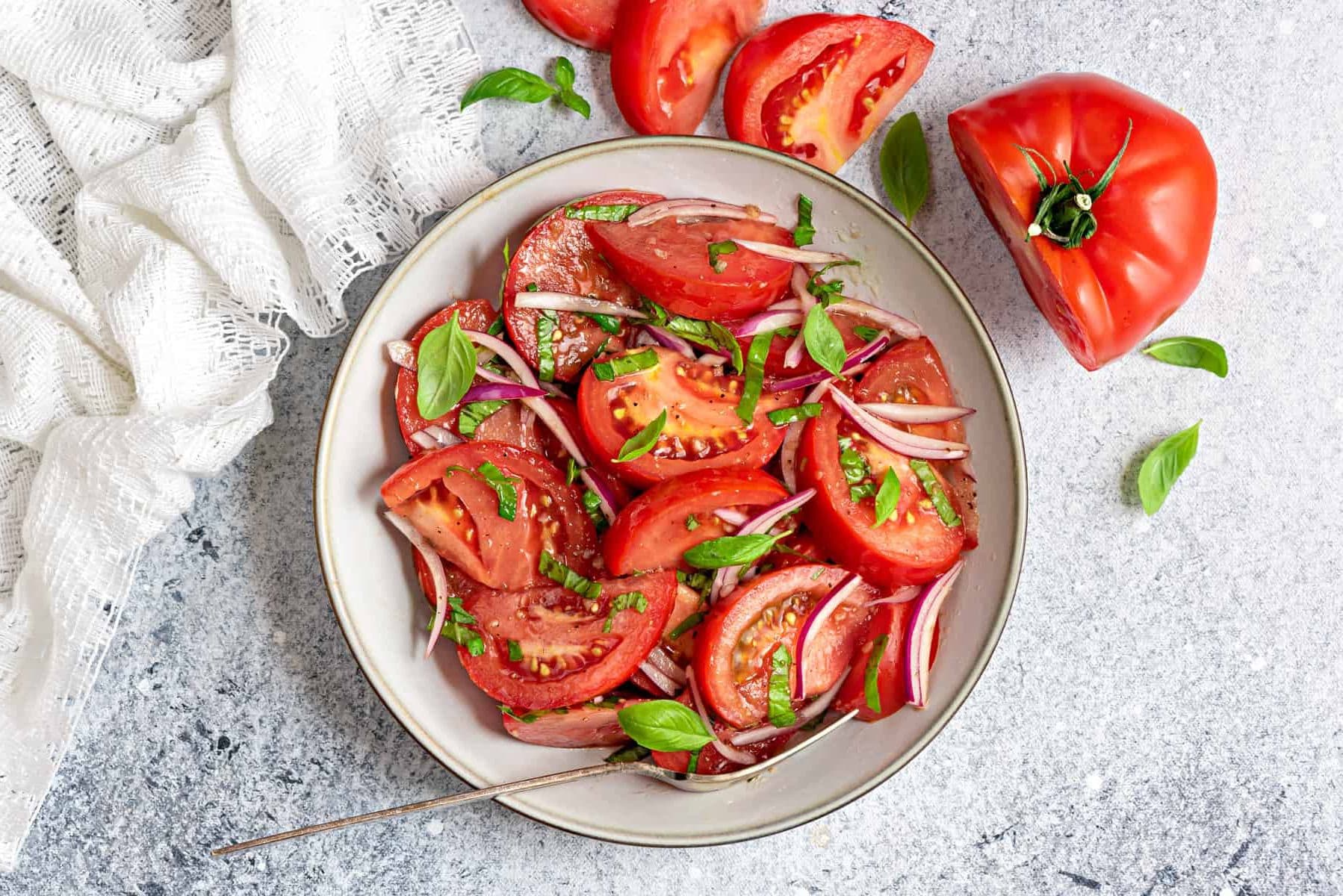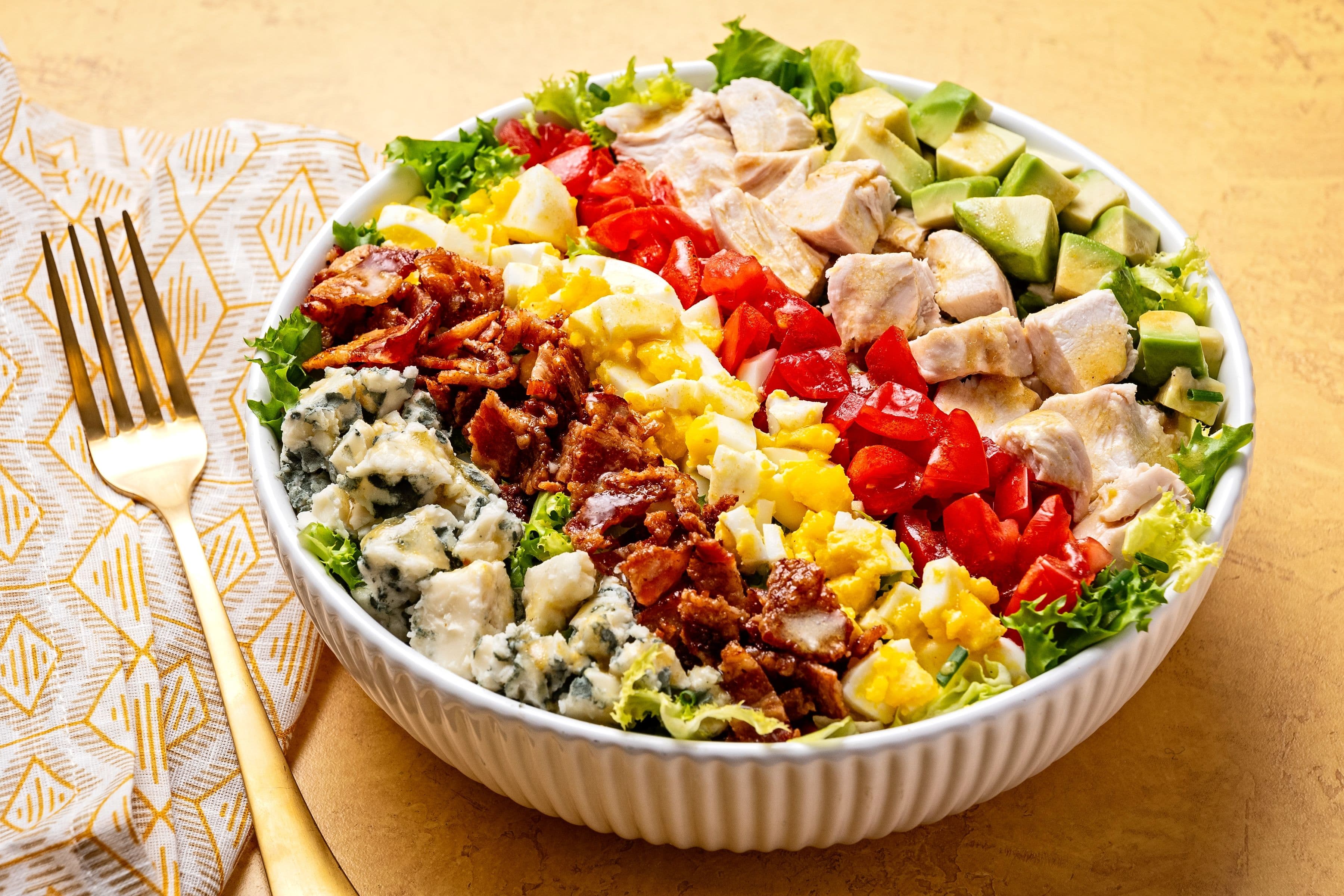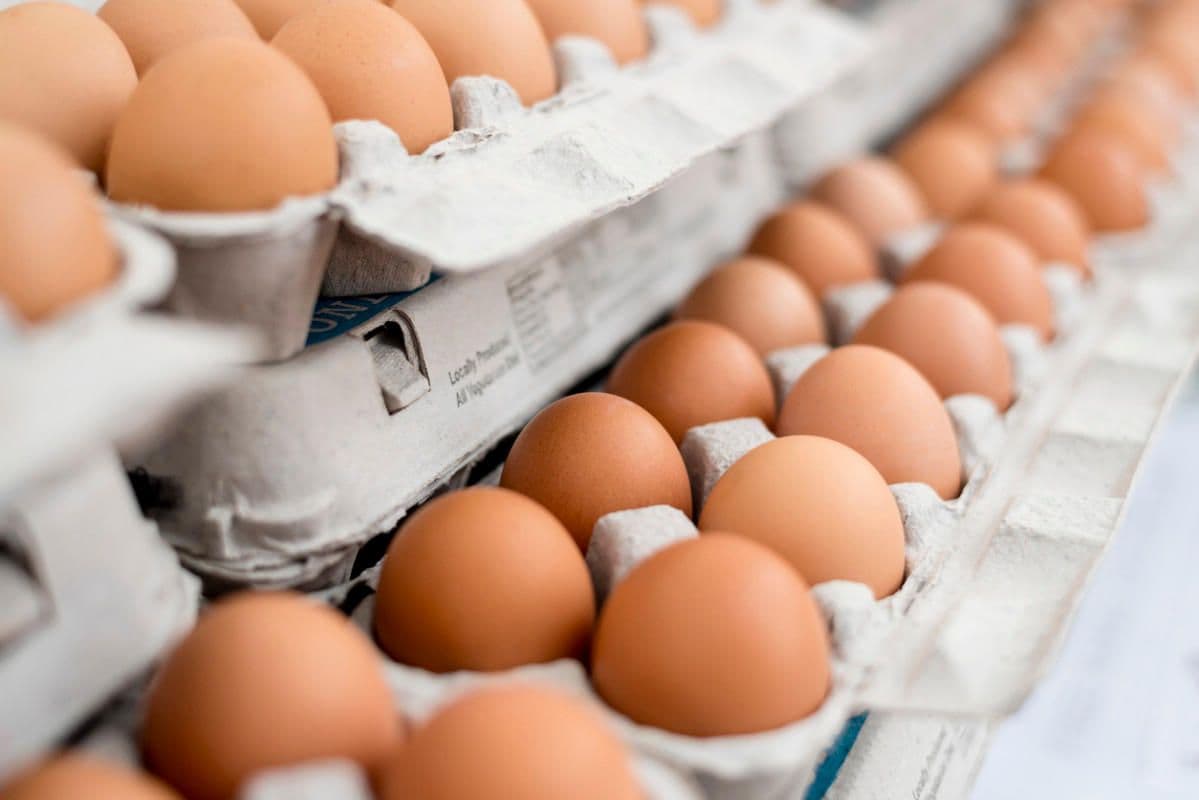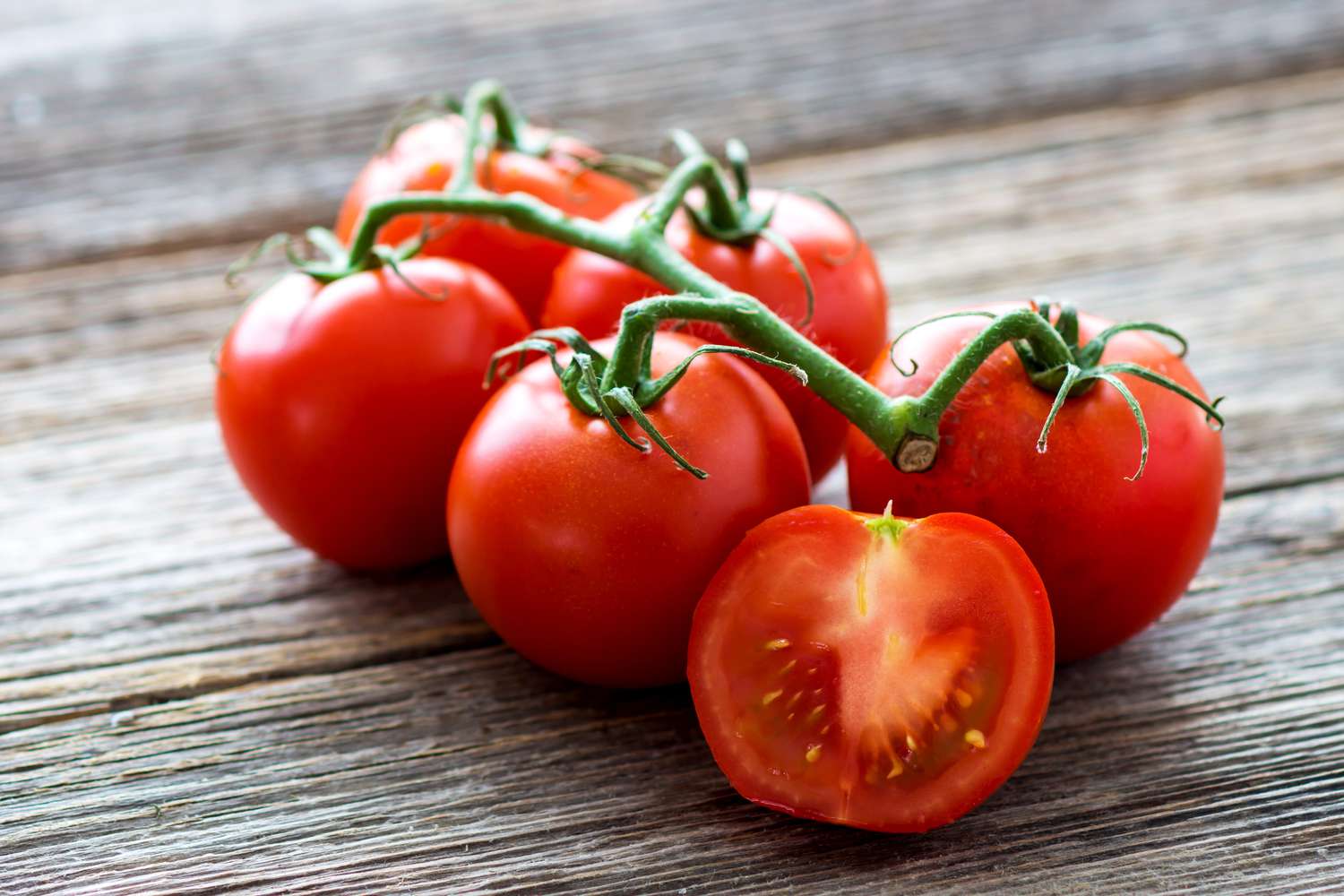What is Gluten?
Gluten is a protein found in certain grains, primarily wheat, barley, and rye. This protein is responsible for the elasticity of dough and the chewy texture of many baked goods. When flour is mixed with water, gluten forms and gives dough its ability to stretch and hold its shape, which is essential for making bread and other baked products.
Simply put, gluten acts as a binder, holding food together and providing the structure and consistency that makes baked goods fluffy and chewy. This property has made gluten a key component in cooking for centuries, though it has gained notoriety in recent years due to its impact on the health of certain individuals.

Where Does Gluten Come From?
Gluten comes from grains like wheat, barley, and rye, where it is activated when mixed with water during the flour production process. This component is key to the elasticity and shape of baked goods. While wheat is the most well-known source of gluten, other grains like spelt and triticale also contain gluten. It’s important to note that not all grains contain gluten; for example, rice, corn, and oats (in their pure form) are naturally gluten-free.
Benefits and Drawbacks of Gluten in the Diet
Gluten has both advantages and disadvantages in the diet. Below are some of the main positive and negative aspects:
| Aspect | Benefits of Gluten | Drawbacks of Gluten |
|---|---|---|
| Texture and Structure | Improves the texture and consistency of bread and pasta. | Can be problematic for people with celiac disease. |
| Nutrition | It is a source of fiber and protein in many foods. | Can cause digestive problems in sensitive individuals. |
| Satisfaction | Contributes to the feeling of fullness and satisfaction when eating. | Excessive consumption can affect digestion in some people. |
| Versatility | Allows for the creation of a wide variety of baked and processed products. | Its elimination can limit food options and affect the quality of life of those who must avoid it. |
| Cost and Availability | Gluten-containing foods are usually more affordable and easy to find. | Gluten-free products tend to be more expensive and less accessible. |
| Social Impact | Most global diets are adapted to gluten-containing products. | Following a gluten-free diet can be socially challenging and restrictive at social events. |

What Does Gluten Do in the Body?
When consumed, gluten is primarily processed in the small intestine. In people without gluten sensitivity, this protein is broken down and absorbed normally, providing nutrients like protein and fiber. However, in people with celiac disease or gluten sensitivity, consuming this protein can trigger an immune response, causing damage to the lining of the intestine, which hinders the absorption of essential nutrients.
This intestinal damage can lead to symptoms such as diarrhea, bloating, fatigue, and weight loss. Additionally, the chronic inflammation caused by the immune response can have long-term negative effects, including an increased risk of developing other autoimmune diseases.

What Foods Contain Gluten?
Gluten is found in a wide variety of common foods, many of which are staples in daily diets. Here are some of the most common gluten-containing foods:
- Bread, pasta, and cereals containing wheat, barley, or rye.
- Cookies, cakes, and most baked goods.
- Sauces and dressings that use gluten as a thickener.
- Processed foods where gluten is used as a stabilizer.
- Oats, when contaminated during processing in facilities that also handle wheat.
It’s crucial to be aware of the ingredients and production processes of foods to correctly identify those containing gluten, especially if you are following a gluten-free diet.

Who Should Avoid Gluten?
Not everyone needs to avoid gluten, but there are certain groups for whom its elimination is essential:
- People with celiac disease: They must completely avoid gluten to prevent damage to the small intestine and serious health complications.
- People with non-celiac gluten sensitivity: Although they do not suffer intestinal damage, they experience adverse symptoms when consuming gluten.
- Those with autoimmune disorders: Some research suggests that gluten may exacerbate inflammation in these cases, so they might benefit from avoiding it.
- People considering avoiding gluten: It’s important to do so under the supervision of a healthcare professional to ensure a balanced diet.
What to Eat on a Gluten-Free Diet
Adopting a gluten-free diet may seem challenging, but there are many delicious and nutritious alternatives. Naturally gluten-free grains like rice, corn, and quinoa are excellent options to include in your daily meals. Additionally, there is a wide variety of gluten-free products available in the market, such as bread, pasta, and cereals specifically made for those avoiding gluten.
Fresh fruits, vegetables, meats, fish, and dairy products are also safe options on a gluten-free diet. It’s important always to check the labels of processed foods to ensure they don’t contain added gluten or have been contaminated during processing.

How to Read Labels to Detect Gluten in Processed Foods
Reading food labels is crucial for those following a gluten-free diet. It’s important to look for terms like "wheat," "barley," "rye," and "malt," which are clear indicators of the presence of gluten. Additionally, many processed products may contain gluten as an additive, thickener, or stabilizer, making careful ingredient review essential.
Some products carry labels that indicate "gluten-free," which ensures they contain less than 20 parts per million (ppm) of gluten, a safe level for most people with gluten sensitivity. However, it’s always recommended to read the full list of ingredients and be aware of potential cross-contamination, especially in foods that are not specifically labeled as gluten-free.

Conclusion
Gluten, a protein found in many common foods, offers both benefits and drawbacks depending on an individual's health. While for many, gluten is an integral and nutritious part of their diet, for others, its consumption can lead to significant health complications. It is essential to know which foods contain gluten and how to read labels of processed products to avoid it when necessary. Adopting a gluten-free diet can be manageable and healthy with the right options and proper guidance.


